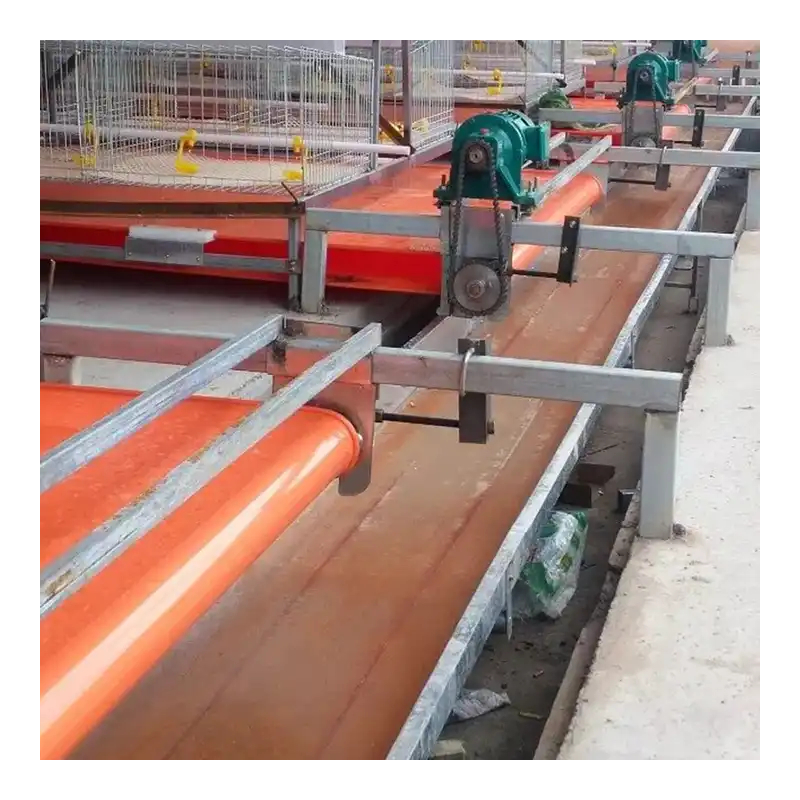Understanding the Benefits of Evaporative Cooling Pads for Enhanced Comfort and Efficiency
Sep . 27, 2024 19:53 Back to list
Understanding the Benefits of Evaporative Cooling Pads for Enhanced Comfort and Efficiency
The Importance of Evaporative Cooling Pads in Modern Cooling Solutions
As global temperatures continue to rise, the demand for effective and energy-efficient cooling solutions has never been more critical. One such solution that has gained popularity, particularly in arid regions, is the evaporative cooling pad. These pads are essential components in evaporative cooling systems, which utilize the natural process of water evaporation to provide cooling—an approach that can be both environmentally friendly and economically sustainable.
How Evaporative Cooling Works
The principle behind evaporative cooling is straightforward. When water evaporates, it absorbs heat from the surrounding environment, resulting in a drop in temperature. Evaporative cooling pads play a crucial role in this process by providing a large surface area for water to evaporate. When warm air passes through these wet pads, the heat is absorbed, and the air is cooled before it circulates into living spaces or other areas.
There are various types of cooling pads available in the market today, typically made from materials such as cellulose, aspen wood, or synthetic fibers. Each type of material has its own advantages, but they all function based on the same fundamental principle of water evaporation.
Benefits of Using Evaporative Cooling Pads
One of the most significant advantages of evaporative cooling pads is their energy efficiency. Compared to traditional air conditioning systems, which often consume large amounts of electricity, evaporative cooling systems using these pads can significantly reduce energy costs. This is especially important in regions where electricity prices are high or where there is limited access to power.
Moreover, evaporative cooling pads are environmentally friendly. They utilize the natural process of evaporation, which requires only water and air, making them a sustainable choice for cooling needs. In contrast, conventional air conditioning systems often rely on refrigerants that can be harmful to the environment if released.
evaporative cooling pad

Another key benefit is their effectiveness in dry climates. In areas where humidity is low, evaporative cooling can provide a significant cooling effect by lowering the temperature of incoming air. For instance, many regions in the southwestern United States, as well as parts of Australia and the Middle East, have adopted evaporative cooling as a primary cooling method, especially in residential and agricultural settings.
Maintenance and Longevity
While evaporative cooling pads are advantageous, they do require regular maintenance to ensure optimal performance. The pads should be kept clean and free from debris to enhance water absorption and air flow. Seasonal checks are often necessary to replace pads that may have deteriorated over time, especially those made from organic materials like aspen wood, which can degrade and harbor bacteria or mold if not properly maintained.
The longevity of these pads can vary based on the type of material used and the environmental conditions they are exposed to. Synthetic pads generally last longer and require less maintenance, making them a practical choice for users seeking durability and performance.
Applications Beyond Residential Use
Evaporative cooling pads are not only suited for residential cooling but have found applications in a variety of sectors. Agricultural operations increasingly utilize these pads in greenhouses and livestock buildings, as they help maintain optimal temperatures essential for plant growth and animal welfare. In industrial settings, evaporative cooling systems equipped with cooling pads can provide an effective means of temperature control, allowing for improved working conditions and enhanced productivity.
Conclusion
In summary, evaporative cooling pads represent a crucial component of modern cooling strategies. They combine energy efficiency, environmental sustainability, and effectiveness in arid climates, making them a compelling choice for various applications. As the world continues to grapple with rising temperatures and the impacts of climate change, technologies like evaporative cooling offer promising solutions that align with the need for more sustainable and cost-effective cooling methods. By investing in and adopting these systems, we can work towards a cooler and more sustainable future.
-
Automatic Feeding Line System-Pan Feeder Nipple Drinker|Anping County Yize Metal Products Co., Ltd.
NewsJul.29,2025
-
Hot Sale 24 & 18 Door Rabbit Cages - Premium Breeding Solutions
NewsJul.25,2025
-
Automatic Feeding Line System Pan Feeder Nipple Drinker - Anping County Yize Metal Products Co., Ltd.
NewsJul.21,2025
-
Automatic Feeding Line System Pan Feeder Nipple Drinker - Anping County Yize Metal Products Co., Ltd.
NewsJul.21,2025
-
Automatic Feeding Line System - Anping Yize | Precision & Nipple
NewsJul.21,2025
-
Automatic Feeding Line System - Anping Yize | Precision & Nipple
NewsJul.21,2025






